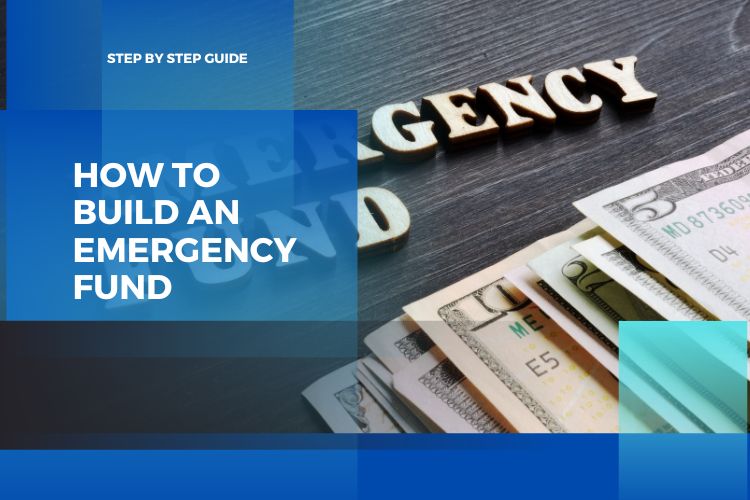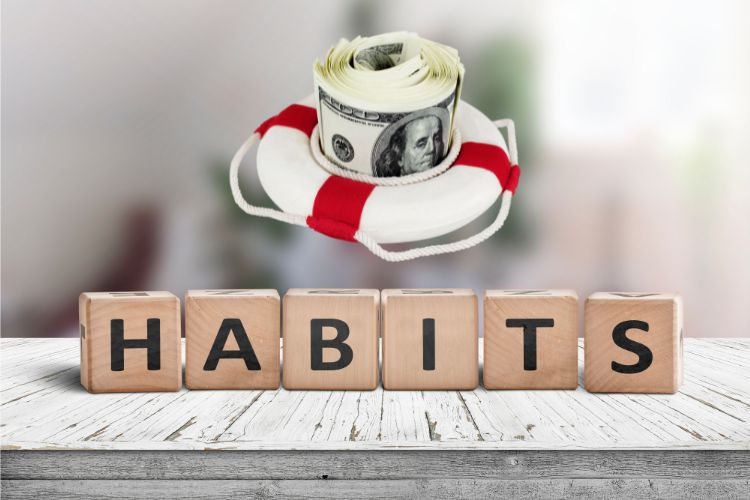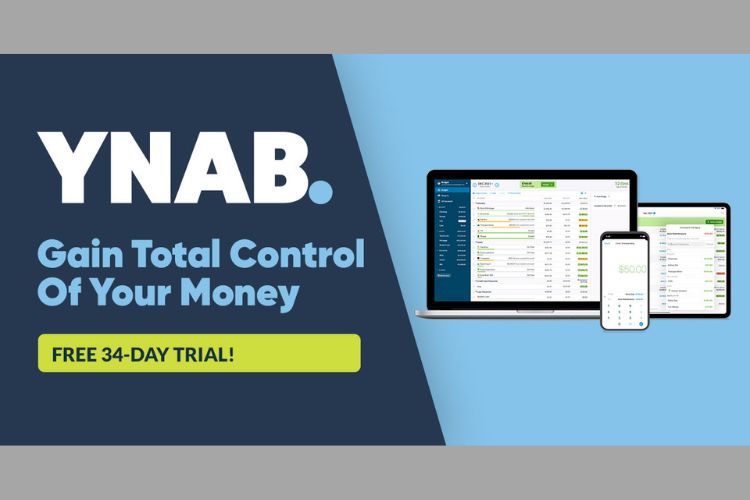You’ve heard the adage that you should have 3-6 months of cash when you build an emergency fund.
But you don’t know how to create the space to build an emergency fund.

It’s like you’re standing at the edge of a forest and you just see vines and massive trees covering the pathway. Where do you start?
Put on your boots and get out your machete. We’re going to create the pathway for you on how to build an emergency fund.
Step 1: Understand spending habits to build an emergency fund

As you wander into the forest, the first thing you must do is clear the pathway.
Swing your machete and cut the vines one at a time in front of you.
In layman’s terms, you must understand your spending habits first. Where are you spending your money?
The easiest tool to understand your spending is YNAB.

What you need to do is link up your bank accounts and credit cards and begin to categorize your spending.
You may be thinking “yea, but no two months are the same. I have some irregular expenses and don’t know how to save for those.”
You’re right – no two months are the same. You need to let go of the thought that a budget is a stagnant, restrictive tool.
A budget only provides a framework or strategy on how you’d like to manage your money. It is rare to stick to the exact plan, but you will be able to at least gain insight into the first rule of personal finance.
Rule #1: Always make more than you spend.
Since no 2 months are the same, the goal is to evaluate a 3 month trend in your spending habits.
YNAB has the best reporting that I’ve found for reviewing your spending habits.
I can guarantee that just by tracking your spending for a few months you will begin to understand your spending habits and you will begin to create excess cash flow.
Step 2: Evaluate spending to your goals

We’re officially deep in the forest now. You’ve cut the vines right in front of you and the path is beginning to appear clearer.
As you see your financial habits you must take a step back and ask yourself a very important questions:
Does spending my money in this way make me happy?
If not, then change your habits. If so, keep doing it.
You must ask yourself what your financial goals are.
If you’re reading this then your short term goal is to build an emergency fund. When you look at your spending, you should ask yourself if the spending gets you closer to building your emergency fund.

For example, if spending $1,500 per month on groceries for you and your wife makes you happy, then keep doing it.
If that feels excessive to you then begin to make a change.
One common pitfall is attempting to attack overspending too quickly.
It’s tough to go from spending $1,500 per month to spending $400 per month in one month. Not impossible, just tough on your emotional state.
I’ve seen more success with trying a tiered approach.
Next month try to spend $1,200. Then $1,000 the following month. You can slowly align your spending to an amount that feels right to you.
It’s worth mentioning again that this is typically not a quick process. It takes time to understand your habits and adjust them. Be patient with yourself and give yourself grace. Your budget is your friend.
You won’t be perfect. But you will make progress.
Step 3: Save excess cash flow for your emergency fund
After you clearly see the path in front of you, you must take action to keep moving forward.
As you align your spending habits to your financial goals, excess cash flow will be created.
You must assign the extra cash flow to a new job or you’ll just start increasing your spending even more. (Hint: YNAB helps avoid overspending because you can clearly see your spending habits.)

When starting to build an emergency fund, it’s often helpful to transfer your excess cash to a separate bank account at a separate bank than your primary bank.
Out of sight, out of mind.
Or you may find that a separate bank account in YNAB makes it more difficult and you just want an emergency fund category.
It will depend on you and your money style. Just make sure you aren’t spending the excess cash flow that you create.
Step 4: Perform consistent financial reviews
How do you know you’re not getting lost in the forest?
You must keep an eye on the compass and turn back to examine the path you’ve walked. You should also be looking for specific points to orient yourself.
Money is elusive. If you’re not watching it consistently it finds a way to disappear.
The best way to keep the money you make is to perform weekly and monthly reviews.

By reviewing your spending you ensure that you’re following the golden rule of personal finance:
Always make more than you spend.
It’s important to remember that there is no such thing as perfection. Especially with money.
But I can guarantee you that if you follow these steps you will build an emergency fund and free yourself from the paycheck to paycheck cycle.
If you need a little help, don’t be afraid to ask.

